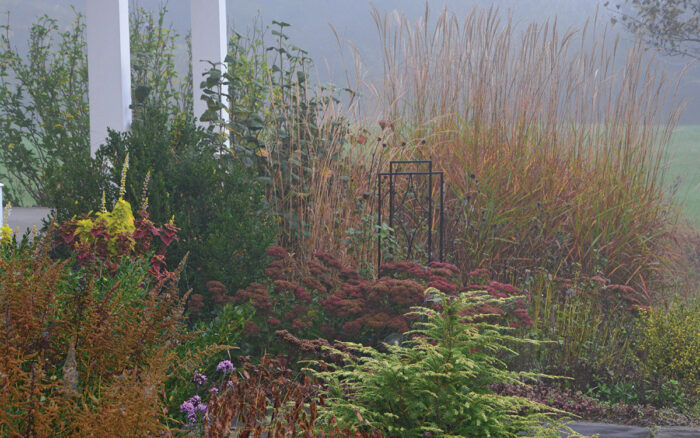
“When the going gets tough, the tough get gardening” could describe John Markowski and his garden in Kingwood, New Jersey, where he has powered through suboptimal conditions to establish a vibrant garden with multiseason interest. Most of the garden is situated directly around the house in borders as well as along a back deck. John says that the success of his garden has been hard won over the nearly two decades he has been gardening there, where the conditions are somewhat peculiar and challenging. “We have a high water table, so nothing drains—which stinks, but it’s what led me to ornamental grasses,” he explains. The grasses seem to thrive particularly well in the strange combination of conditions found in the open two-acre lot: sunny, wet, windy, and hot in summer. To top it off, John has to contend with deer that frequent this inland area of the state.
At a GlanceSize: 2 acres Location: Kingwood, New Jersey Zone: 6b Conditions: Full sun; wet soil Age of the garden: 17 years |
Despite that, John accounts for 150 to 200 different plants in his garden. It took much trial and error to find selections that would do well in these conditions, especially varieties that can make it through the long, wet winter. “Every spring I have to take inventory to see what died, and it’s like, OK, now what do I need to replace it with?” he says. John takes notes on all the plants he tries from year to year to keep track of his experiments. Obviously, he has found a plethora of plants that feel right at home.
Among the most reliable players are ornamental grasses, with Indian grass (Sorghastrum nutans and cvs., Zones 4–9), ‘Northwind’ switchgrass (Panicum virgatum ‘Northwind’, Zones 5–9), and flame grass (Miscanthus ‘Purpurascens’, Zones 4–9) topping the list. Another integral plant is Joe Pye weed (Eutrochium purpureum, Zones 4–9), which has been divided over the years and sited in multiple locations around the house. The combination of Joe Pye weed and grasses is what John credits for creating a sense of cohesiveness in the design. Many of those plants are deer resistant, but John placed tastier perennials closer to the house to dissuade the deer from munching. All of these varieties have more or less passed the challenging conditions test. Over the years, John has given up on trying to force plants into the garden that don’t take to it. “Babying them only works for so long,” he says, “so it’s better to keep it simple.”
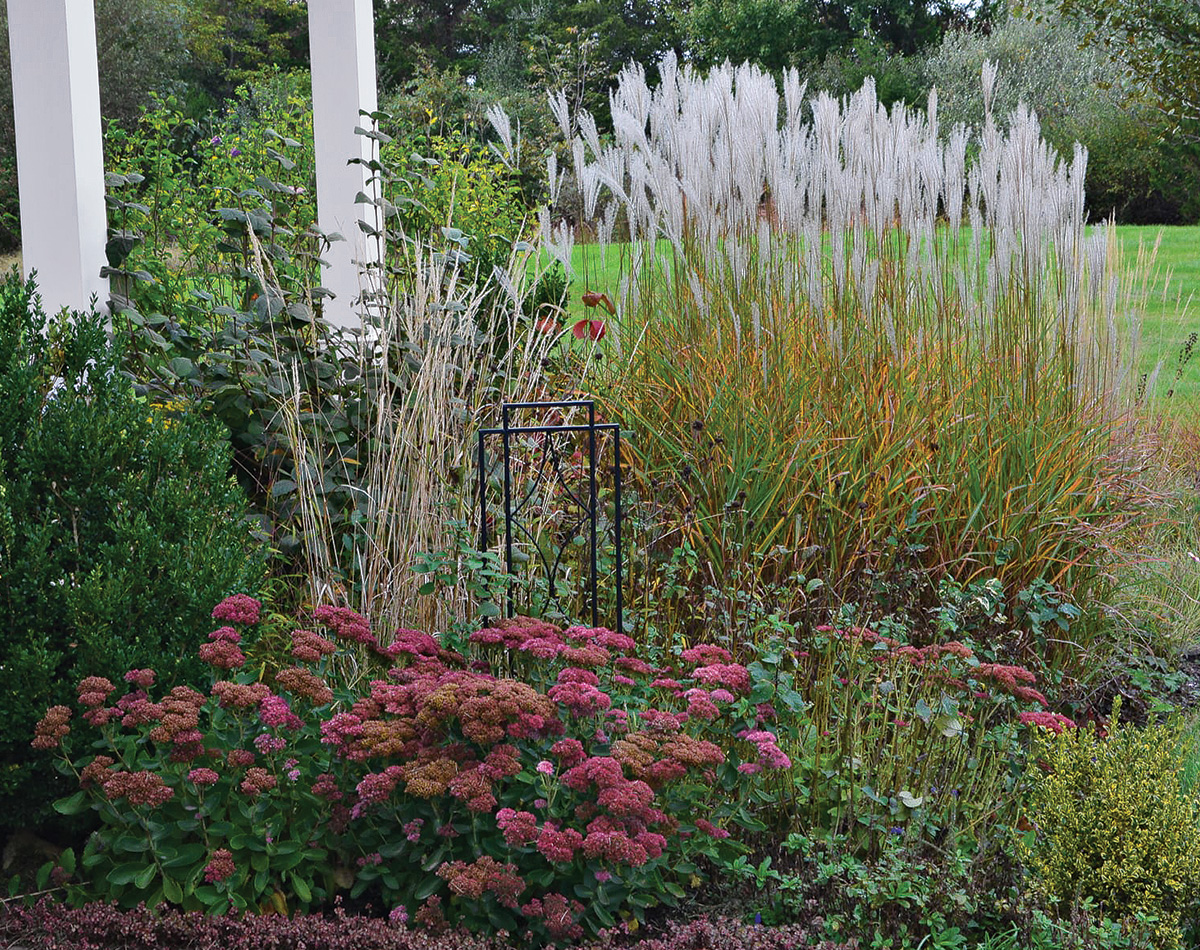
Gardening is an escape for John and provides a needed respite from a busy work and home life. “It’s nice to be able to walk outside, take my pruners, and just dig around for a while.” He says he tries to foster a controlled chaos in the landscape, despite an admitted tendency toward the control part. “I love wild gardens, but that goes against my nature, and I’ll weed for hours on end so that it’s perfect. I try to allow it to be as wild as I can—without driving myself crazy.”
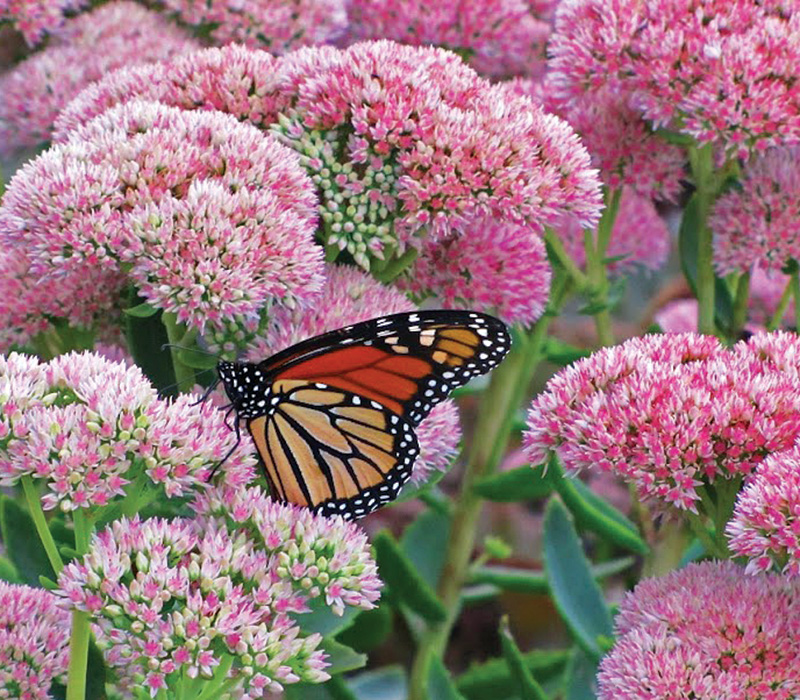 |
 |
Christine Alexander is digital content manager.
Photos: courtesy of John Markowski
Check out these other awesome reader-submitted gardens:
Have a garden you’d like to share?
Have photos to share? We’d love to see your garden, a particular collection of plants you love, or a wonderful garden you had the chance to visit!
To submit, send 5-10 photos to gpod@taunton.com along with some information about the plants in the pictures and where you took the photos. We’d love to hear where you are located, how long you’ve been gardening, successes you are proud of, failures you learned from, hopes for the future, favorite plants, or funny stories from your garden.
If you want to send photos in separate emails to the GPOD email box that is just fine.
Have a mobile phone? Tag your photos on Facebook, Instagram or Twitter with #FineGardening!
You don’t have to be a professional garden photographer – check out our garden photography tips!
Do you receive the GPOD by email yet? Sign up here.
Fine Gardening Recommended Products

ARS Telescoping Long Reach Pruner
Fine Gardening receives a commission for items purchased through links on this site, including Amazon Associates and other affiliate advertising programs.

Black and Decker 22-inch Cordless Hedge Trimmer
Fine Gardening receives a commission for items purchased through links on this site, including Amazon Associates and other affiliate advertising programs.
- 38 x 7 x 7 inches
- 6.9 pounds
- 1 Lithium Ion battery required (included)

The New Organic Grower, 3rd Edition: A Master's Manual of Tools and Techniques for the Home and Market Gardener, 30th Anniversary Edition
Fine Gardening receives a commission for items purchased through links on this site, including Amazon Associates and other affiliate advertising programs.


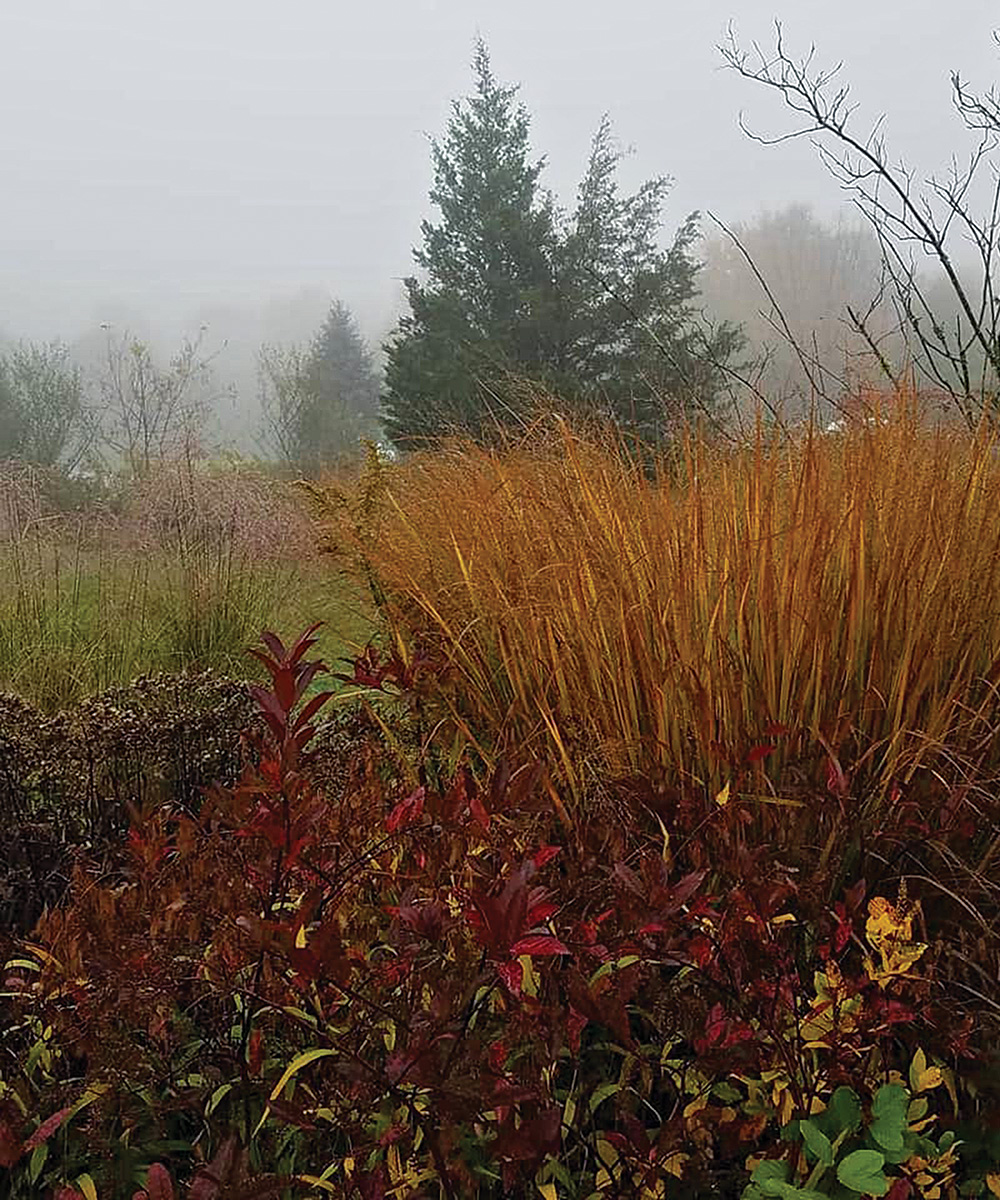
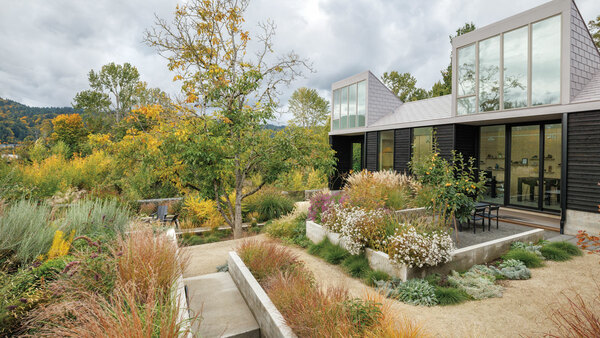

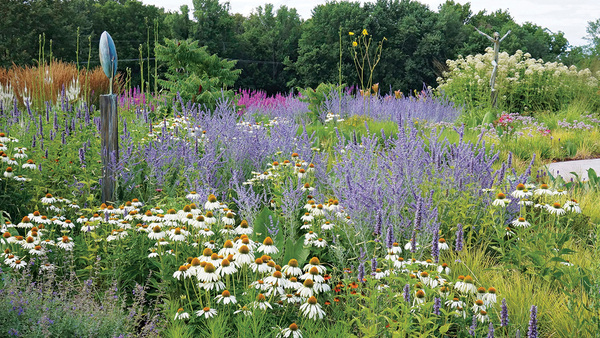














Comments
Log in or create an account to post a comment.
Sign up Log in